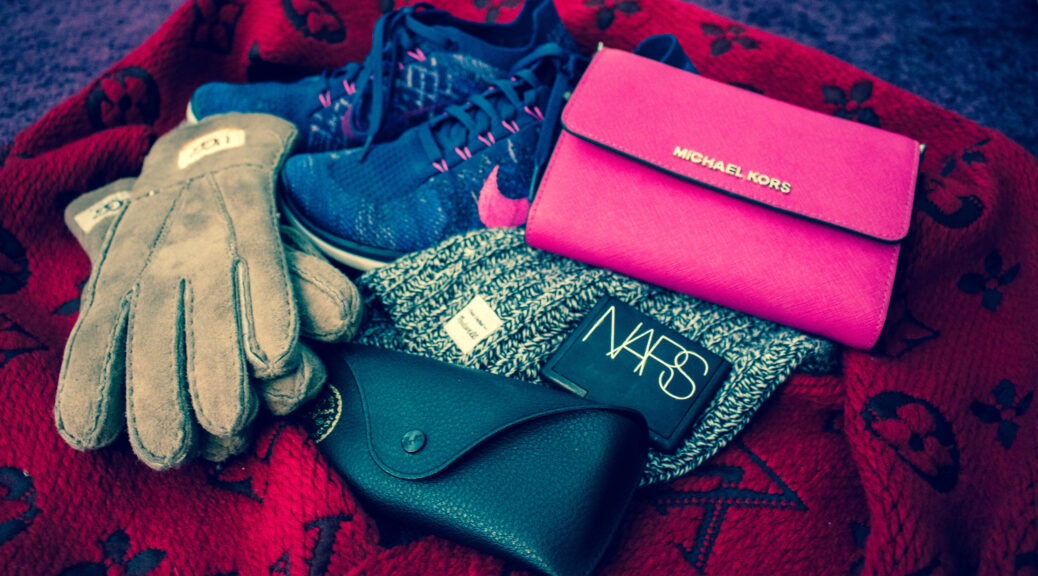We live in a world full of brands. If you live in DC, you especially know what I mean.
Every day, people slap on their LL Bean boots, their J Crew scarves, their J Brand jeans, and walk around looking like models straight out of a winter catalog.
Do you ever stop to think about how many brands you’re wearing though? It’s really quite fascinating actually.
Just standing in line the other day, I took note of all the recognizable brands the girl in front of me was wearing: a North Face coat, Lululemon pants, and Nike shoes.
While a lot of us don’t consciously decide to sport certain brands every day, the unique combination that comes out in the end speaks for itself. In a way, we are all vehicles for brand advertisement, even if on a subliminal level.
Do you ever find yourself lusting after a certain article of clothing or outfit and not knowing where exactly the idea came from? Well, you most likely saw the equivalent on someone a while back and that image subconsciously stuck in your head.
Welcome to subliminal advertising.
When you think of it really, most of our fashion choices stem from some other idea. You know a green jacket would look great with brown boots because you’ve previously seen that on someone else and thought it looked good. So you didn’t exactly come up with that outfit choice yourself. In the age of Instagram especially, it’s hard to build your own style when you’re constantly exposed to and inspired by that of others.
And there’s nothing wrong with building off of others’ styles and making them better. It’s just worth mentioning that it’s becoming increasingly difficult to be original with our style.
Behind every brand is a story. How it was made, where it was made, what it stands for, and whom it’s meant for.
Let’s take a look at one of the most powerful, well-known brands in apparel: Nike. Many are familiar with the fact that Nike’s name came from the Greek Goddess of Victory. This etymology, combined with the swoosh symbol, and campaigns like “Just Do It” instantly communicates a certain standard to its audiences, namely athletes. It communicates power, strength, and performance enhancement. Being sported by the top athletes across many different sports only adds to the brand’s reputation.
Despite this positive image and influence however, Nike wasn’t always the model for ethical labor practices.
A few years back, founders of Education for Justice Jim Keady and Leslie Kretzu set out to go behind the scenes of the Nike factories in Indonesia. To really immerse themselves in the experience, they decided to live there for a few months, under the same wages and living conditions as the factory workers.
Jim and Leslie lived in a tiny cement box as shelter with no air-conditioning and 100% humidity outdoors. Waste from all the shelters’ toilets would accumulate on and often flood the streets after rain. Like the rest of the workers, they “lived” on $1.25 wages per day, which they had to divide between hygienic items, food, and (God forbid) medicine. By the end of this experience, the two had lost a significant amount of weight and barely had enough energy to get through the day.
Fortunately, Jim and Leslie got to go back to their regular lives at the end of that experience. For the Indonesian factory workers, that experience was their regular life, if you can call that living.
That’s capitalism for you.
Brands have the ability to create power, convey quality, and affect change. Yet, we often walk around not realizing what these brands stand for and what goes into creating them.
At the very least, we can all stand to be a little more conscious.
